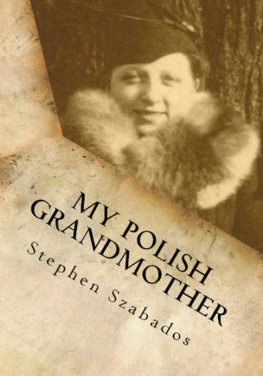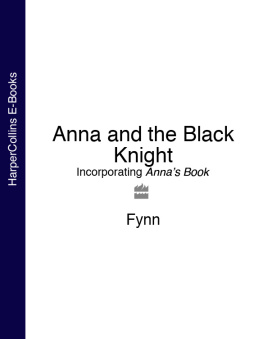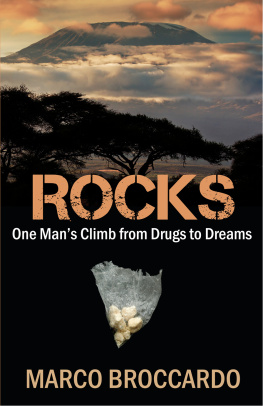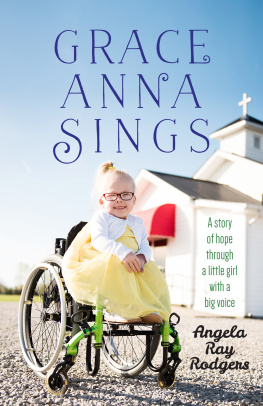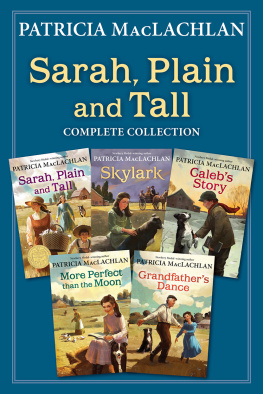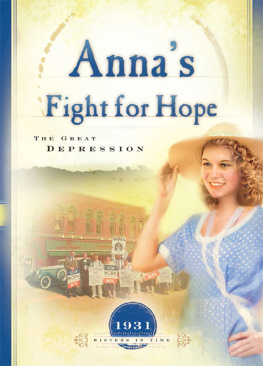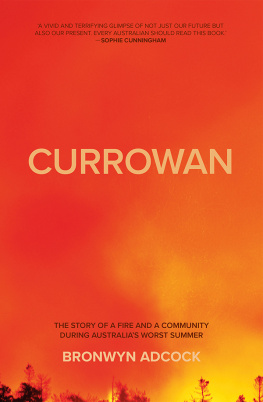I had misgivings about this book when I heard that it was being written so soon after Annas death. About the rekindling of grief it would bring for her bereaved family. About the media hype it would again provoke about one young drug-related death among so many. But now, I am so glad that Bronwyn Donaghy has brought us this moving tribute to Annas short life and to her familys courage in sharing her story. Annas Story is current, thought-provoking, relevant, inspiring and very very sad.
Annas Story is about a marvellous young person, cruelly snatched from life in her nubile prime. It is a story of our time, told simply and powerfully by people who knew Anna well. And by Anna herself through her poems and letters. Surprisingly perhaps, there are no harsh judgements here. But anguish, heartache, pain, wry humour yes. Annas Story is about a beautiful young woman who should not have died. Not like this. Not from a single, whole ecstasy tablet.
Adolescent risk-taking, in particular drug use and abuse, has become very topical for parents. In discussions that I have from time to time with groups of parents, this subject always comes up, together with rising teenage suicide rates. As a source of major concern to parents, it overshadows even adolescent sexuality, probably because (as Bronwyn Donaghy explains) we are dealing with a new phenomenon. The prospect of modern, adolescent drug-taking is terrifying to us because we have so little understanding of it. But we do know that its extremely dangerous Annas untimely death has been like a punch to the communal gut in that regard.
The unedited draft of Annas Story arrived in a big envelope one weekday in mid-March. The following weekend, I couldnt put it down. Lying in bed, I was too moved to read it out loud. Annas Story is, after all, real life. Angela, Tony and Alice Wood are people we have come to know. We wonder, along with them, what they might have done differently. Why did this tragedy happen to them? Why couldnt it happen to us?
For me, the most important message that comes through in this poignant book is that we, as parents, urgently need to become empowered as advocates for our childrens safe behaviour. More effective than any academic report, Annas Story lifts the lid off teenage drug-taking and drug-peddling. It strips away the transparent glamour from rave/ecstasy parties and about even staying overnight at a friends place. It highlights the vexed issue of parental trust versus teenage freedom. These days, we do need to check things out. We need to ask questions and to clearly establish accountability, as best we can, in relation to our childrens actions and whereabouts.
But of course, even this does not provide a failsafe antidote to dangerous adolescent risk-taking. In any given situation, the decision-maker is the young person alone. For that reason, Annas Story is also for teenagers. Bronwyn Donaghy, herself a concerned parent, talks to kids directly in a chapter entitled Just for Kids. Its about poison! It asks provocative questions. It makes you think.
In a report on the Youth Forum, chaired by Alice Wood, kids speak out themselves on the issue of drug education. They ask to be heard and they want to take action. They ask for our support and they throw the challenge at our feet.
Finally, you should be aware that Annas Story is not a light read. It is intensely, often discomfortingly personal, as it needs to be. I warmly recommend this book to Australian parents and their teenage children. It could save the life of someone you love.
David Bennett AO MBBS FRACP FSAM
Head, NSW Centre for the Advancement of Adolescent Health
The Childrens Hospital at Westmead
In December 1995, in a school hall strung with streamers, eighty children gathered with their teachers to celebrate the end of their seven years of primary school.
It was a sultry summer evening; they had spent the day making wall hangings gigantic cutouts of jungle animals, luridly coloured and looping cascades of crepe paper from the beams in the ceiling.
They now wore their best clothes, the girls in short, flared dresses and sly little sandals, the boys in baggy jeans, flowing shirts and enormous shoes, every inch of their burgeoning puberty hidden from view. Hair braided, under-cut, moulded and moussed shone. Cheeks glowed.
The hall was full of talk and laughter. Theyd groomed themselves and preened for the cameras the dressed, the pressed and the odd catastrophe. Theyd feasted on fast food and listened to a speech or two.
Now it was time to dance.
A teacher who had complimented the children by also turning up in her Sunday best, pressed the button on the giant ghetto-blaster and as tortured piano notes trembled in the hall, the boys chose their partners for the Pride of Erin.
Theyd been practising for weeks. They had learned to step and slide, to dip and kick, to go forward and back and side-together-side. They whirled, they twirled, they clung, they flung, they counted and they kept in time. Most of the time.
The barn dance followed; the girls chose their partners for the gypsy tap and then, daringly, they all attempted the samba. They swivelled their skinny hips, pointed their booted toes, wriggled their hands and passed on their partners. A very plump boy sweated profusely as his lips moved in time with the beat; his very plump partner beamed from one end of her lovely face to the other. A kid with a fringe of black satin hair whirled his exquisite almond-eyed girl around the floor as if he was a bullfighter and she was his cape.
The others smiled and counted.
When the music stopped they cheered; they clapped their hands and called for more.
Most of them were twelve years old. In a few weeks time they would be starting high school. Big-time. Teenagers. Growing up. Growing tall. Growing smarter. Doing different things. Making choices.
In a few months time it would take more than music and laughter and friendship to make them happy.
Right now they were still kids, counting and smiling in their smart clean clothes.
When I first heard about Anna Wood my blood went cold and I had an overwhelming feeling that I had somehow been responsible for this tragedy. I have known for a long time, it seems, what other children have not had the good fortune to know. That drugs, one way or another, kill! By kill I dont exactly just mean ones mortality. I mean ones initiative, ones ambitions and dreams, and most importantly, ones mind.
I was brought up believing my mind was my only weapon against mediocrity (a state or level of life abhorrent to me). With all faculties intact I could reach into my imagination and draw inspiration for life. You need to be inspired to live because life is hard! Drugs do not make it easier. For every synthetic glimpse of nirvana you have, you lose from your natural resources.
My confession is that, at times, whilst knowing what I know, I have remained somewhat mute, not wishing to offend or seem like some nerdy wowser. But now I have to speak out for Anna and for my friends who are daily struggling with paranoia, fear and addiction, and who may be dancing dangerously in some carefully contrived illusion that its okay to experiment, its only normal, it cant hurt you.
I dont believe that propagating safe usage of drugs is the solution. Apart from this being naive, its promoting the idea that one can use drugs sensibly. Excuse me, but drugs are insensible. Their main purpose is to alter and disturb the natural perception of the mind.
A new strategy for governments to handle this would be to create community projects that restore family support and get younger people employed, stimulated and busy.


